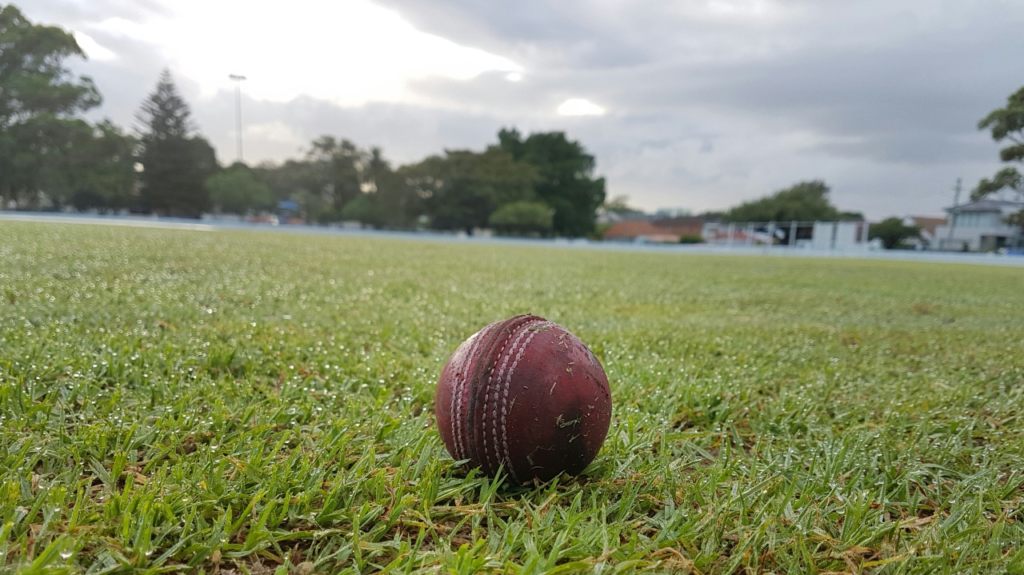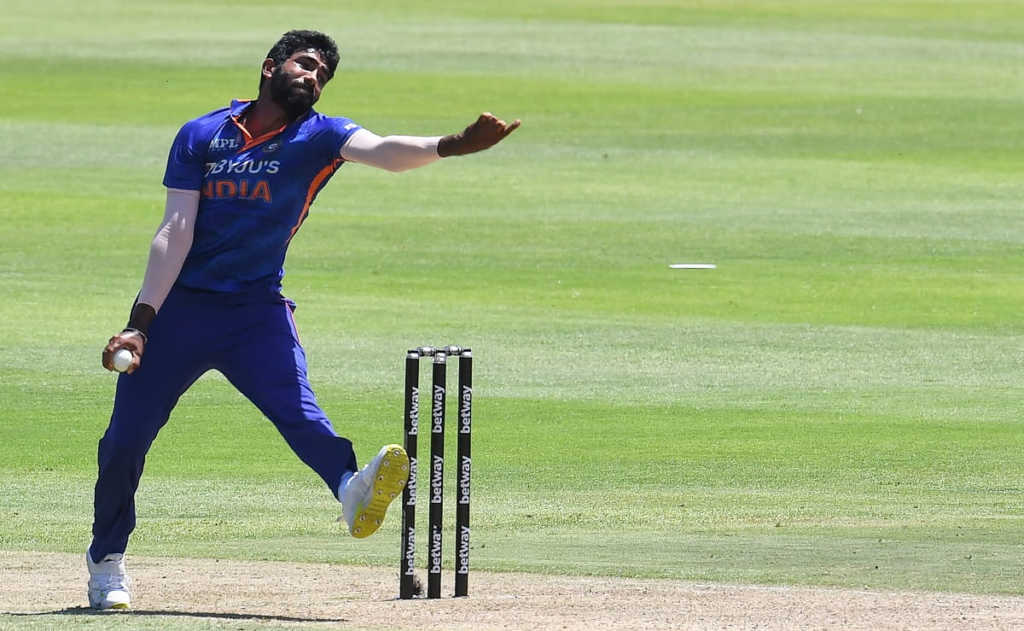Dew Factor in Cricket: Understanding the Game-Changing Moisture

Cricket, with its intricate nuances and ever-changing conditions, is a sport where even the slightest environmental factors can significantly impact the game. One such critical factor is the seemingly innocuous phenomenon that can turn the tide of a match. In this comprehensive article, we’ll explore the factor in cricket, its effects, and strategies to overcome it.
What Is the Dew Factor?
The dew factor in cricket refers to the presence of excessive moisture on the field, particularly the outfield grass. It occurs during day-night matches, especially in the evening or night sessions. Here’s how it works:
- Formation of Dew:
- During the day, the earth’s surface heats up faster than the air.
- As evening approaches, the earth releases heat more quickly, but the air remains warm.
- The temperature difference between the ground and the air causes water vapor molecules in the air to condense, forming dew on the grass.
- Impact on the Game:
- The dew affects the ball, making it wet and slippery.
- Bowlers struggle to grip and control the ball, affecting their line and length.
- Fielders find it challenging to handle a dew-affected ball during catches and throws.
- Batsmen also face difficulties due to the altered ball behavior.
Effects of Dew on Different Aspects of the Game
1. Pitch Behavior:
- Contrary to expectations, dew freshens up the pitch surface.
- Cracks on the pitch are not widened, as moisture prevents excessive drying.
- Bowlers need to adapt their strategies to the changed pitch conditions.
2. Bowlers:

- Fast bowlers:
- The ball becomes slippery and harder to grip.
- Swing and seam movement are affected.
- Bowlers struggle to maintain consistency.
- Spinners:
- A wet ball is equally challenging for spinners.
- Spin and drift are compromised.
- Spinners must adjust their lengths and variations.
3. Fielding and Throwing:
- Fielders find it tough to hold a wet ball.
- Throws become less accurate due to reduced grip.
- Slip fielders face additional challenges.
4. Batting: Dew Factor In Cricket
- Batsmen encounter a different ball behavior.
- Swing and seam movement decrease.
- Timing shots becomes trickier.
- Batsmen must adapt quickly to the altered conditions.
Strategies to Overcome the Dew Factor

- Toss Decision:
- Captains consider the dew factor during the toss.
- Opting to bowl first can be advantageous, as the dew affects the second innings more.
- Bowling Tactics:
- Bowlers must adapt their grip techniques.
- Regularly wiping the ball with a dry towel helps.
- Spinners can use more top-spin deliveries.
- Fielding Preparations:
- Fielders should practice catching wet balls during training.
- Drying the ball quickly after fielding is crucial.
- Batsmen’s Approach:
- Batsmen need to adjust their timing and shot selection.
- Awareness of the altered ball behavior is essential.
Conclusion
The dew factor in cricket is a game-changer. Captains, bowlers, fielders, and batsmen must adapt swiftly to the changing conditions. As the sun sets and the descends, the battle intensifies—a true test of skill and adaptability on the cricket field.
Remember, cricket isn’t just about runs and wickets; it’s about conquering the elements and prevailing against all odds.
Disclaimer: The information provided in this article is based on cricket knowledge and observations. Actual conditions may vary during matches..


Leave a Reply